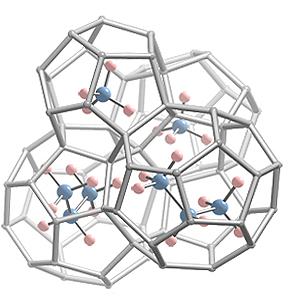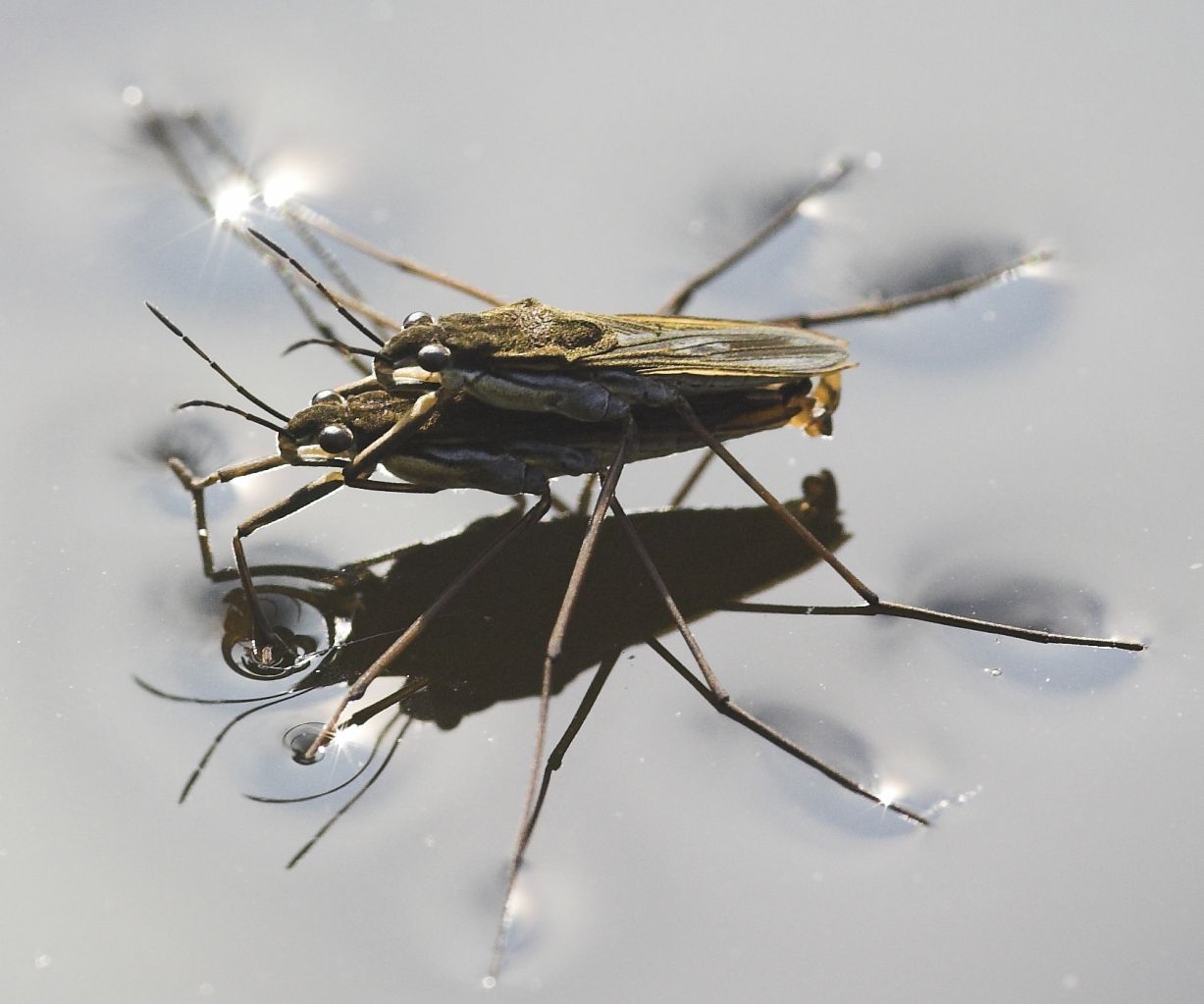Contents
Topics in Intermolecular Interactions
The subject of intermolecular interactions is now rather vast and I do not intent to cover all of it here. Rather, I intend to use these pages to describe some of the recent developments in this field.
Reference Material
If you are really interested in this field I suggest you use these pages to get a broad overview of the subject, and, if you want to learn more, have a look at these books:
- Anthony J. Stone, //The Theory of Intermolecular Forces//, 2nd Ed., Oxford University Press, Oxford (2013).
- V. Adrian Parsegian, //Van der Waals Forces: A Handbook for Biologists, Chemists, Engineers, and Physicists//, Cambridge University Press (2005).
- Jacob N. Israelachvili, //Intermolecular and Surface Forces//, 2nd ed., Academic Press (2007).
These are very different books. Stone's book is pedagogical and comprehensive but the theory is developed from the point of view of a quantum chemist, i.e., the atomic view is taken. Parsegian's book, by contrast, forgets about the atoms altogether and is rather more concerned about the bulk. Despite the title, stay away from this book if you are a biologist or chemist! Israelachvili takes the engineers view and covers a number of topics that are relevant to engineering and biology.
The theory presented here follows Stone's book (as we come from similar backgrounds and, indeed, have worked together for eight years and continue to work on various projects. But, as you will see in the sections on dispersion interactions, I am trying to bridge the gap between the atomic and continuum view points.
Lecture Notes on Intermolecular Forces
These are the lecture notes for the //Intermolecular Forces// Part III Natural Sciences Tripos that I gave in Cambridge. These are essentially modified from the same lecture series put together by Prof Anthony Stone and based on his book The Theory of Intermolecular Forces.
My late colleague, János Ángyán, has also written some nice lecture notes on Intermolecular Interactions. These can be found from his site: Part 1 and Part 2. Local copies are available here:
János also wrote very nice notes on Quantum Chemistry that contain pedagogical treatment of non-orthogonal basis sets, matrix elements using Laplace expansion methods, second-quantisation, etc. These are also useful for the theory of intermolecular interactions.
Introduction
Intermolecular, or van der Waals, interactions are responsible for a wide variety of phenomena in the fields of physics, chemistry, and biology. The thermodynamic properties of gases, liquids, and solids depend on these interactions. In fact, many liquids and many solids would not exist without van der Waals forces. Amongst other properties that depend strongly on the van der Waals interactions are microwave and infrared spectra of molecular complexes and bulk phases. Due to their long-range nature, van der Waals forces determine the entrance channels for chemical reactions. Some of the more exotic systems in which van der Waals interactions play an important role are Bose-Einstein condensates (BECs) and helium nanodroplets.
In biological systems, van der Waals interactions are particularly important, subtle, and often hard to model. The stability of DNA and RNA arise, in part, from the stacking energy, which is determined by this interaction. One of the important problems in which van der Waals interactions play an important role is the problem of protein folding.

There are also more immediately exciting examples of intermolecular interactions. Here are a few. Clathrate hydrates are crystals of water cages with a guest molecule. These could contain more than one guest. There are significant energy and environmental implications of the methane hydrates. Additionally, I believe they are found on Mars. Certainly on Titan. Next we have water striders. We have all seen these insects skate along ponds. It is surface tension that keeps them up and the structure of their legs.  Finally we have a snowflake. They are usually hexagonal though they could also be of a lower ($D_{3h}$) symmetry. It is the hexagonal packing of ice $I_h$ that gives the snowflake this symmetry. But what causes the arms to be so similar?
Finally we have a snowflake. They are usually hexagonal though they could also be of a lower ($D_{3h}$) symmetry. It is the hexagonal packing of ice $I_h$ that gives the snowflake this symmetry. But what causes the arms to be so similar?
By the way, it was Kepler who first proposed that an inner packing of something might be responsible for the hexagonal symmetry of snowflakes. 
Index of Topics
- Methods for calculating the interaction energy:
- Supermolecular methods
- The multipole expansion
- Multipoles
- Polarizabilities
- Dispersion models
- Current Topics in Intermolecular Interactions
- Anomalous van der Waals interactions
- Charge-transfer
- Molecular distribution methods